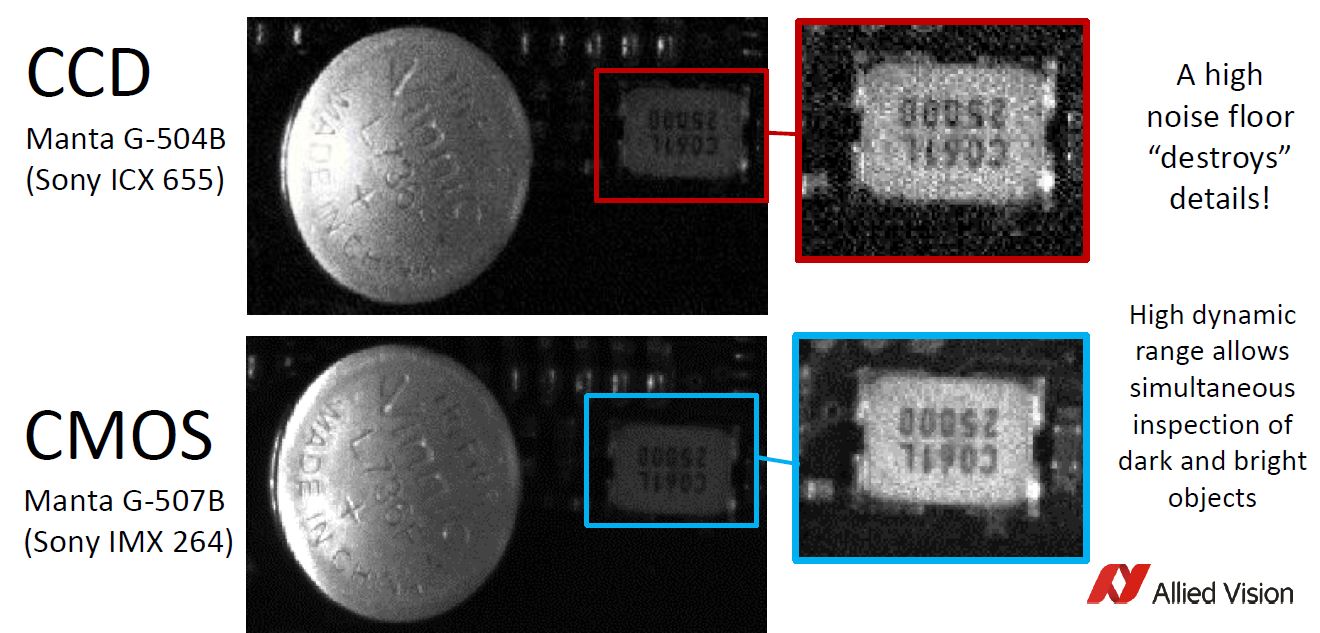

When administered at night, it may help people fall asleep faster and get deeper, less fragmented sleep. Pink noise appears to amplify the power of the slower brain waves during deep sleep. There are fewer of the faster brain waves that occur during periods of focus and concentration. In other words, pink noise may be associated with younger and healthier brains.ĭuring sleep, our brains produce slower brain waves that allow the body and brain to enter a state of rest and restoration. Because pink noise can match our brain wave patterns, it may be more stabilizing for the brain.Īs our brains age, they produce more white noise and less pink noise. Our brain cells communicate through brain waves that follow a pattern similar to pink noise.

It can sound more soothing and be more calming for the nervous system than white noise. The emerging research around pink noise, however, suggests that there are some reasons why it may be more promising for brain healing: There is more research to support the use of white noise, as pink noise has only been studied recently. When we measure brainwave activity using EEG, lower frequency brain waves associated with meditation and sleep have more power than higher frequency brain waves seen in alertness. This downward slope mirrors what happens in the brain and many systems in nature. In pink noise, power decreases at higher frequencies, so its graph has a downward slope (known as an inverse relationship, or 1 / frequency).

In white noise, power is more or less constant for each frequency, so its graph has a flat line. Higher power sound waves are louder, and weaker power waves are quieter. Faster sound frequencies have a higher pitch, and slower frequencies have a lower pitch. Some forms of therapeutic brain stimulation even provide low levels of electric current through waves.Įvery wave has two important characteristics:įrequency is how fast a wave is. Waves exist in many different forms in nature, including the sounds that we hear and the brain waves that are needed for our neurons to communicate. Understanding Waves: The Language of Music and the Brainīefore diving into the details, let’s review some of the basic principles for sound and other waves. What’s the difference between white noise and pink noise? In this article, we’ll review questions about pink noise including: In fact, it may have benefits not only as sound therapy, but also as gentle brain stimulation. Researchers are studying pink noise for its potential to help with sleep, memory, and more. While many people are familiar with white noise, there is a new color of noise gaining attention: pink noise. Maybe you even bought a white noise machine to drown out the noise from your neighbors or the street. One feature we really like about this white noise app is its ability to mix sounds with your other apps - meaning, you can play music on Spotify while listening to rain noises through myNoise.If you’ve ever had trouble falling asleep at night, you may have put on sounds of the rain or ocean waves to help yourself relax. You can purchase several more sounds for a buck a piece. The app also has a binaural beat generator, as well as noises of the rain, ocean, a Tibetan choir, temple bells, and one that sounds like taking a walk in the woods during springtime.

MyNoise has a built-in timer to stop playback, too. But if that sounds like too much work, there's an "I'm Feeling Lucky Button," to mix things up a bit. White noise sounds like radio static, pink resembles steady rainfall or wind, and brown noise is even rougher - almost like a roaring river.
Dark noise vs white noise generator#
It has a colored-noise generator built right into it, which allows you to customize which color noise you want to listen to - brown, pink, white, among others - and select a frequency. The main appeal of the myNoise app is its slew of customization options.


 0 kommentar(er)
0 kommentar(er)
